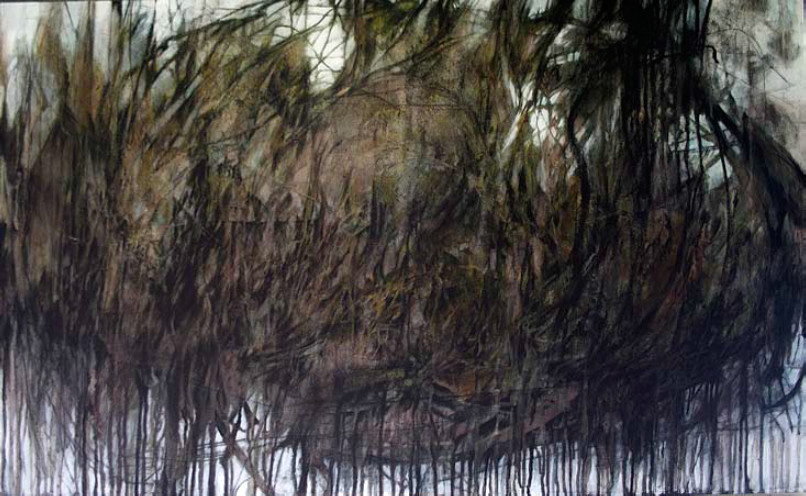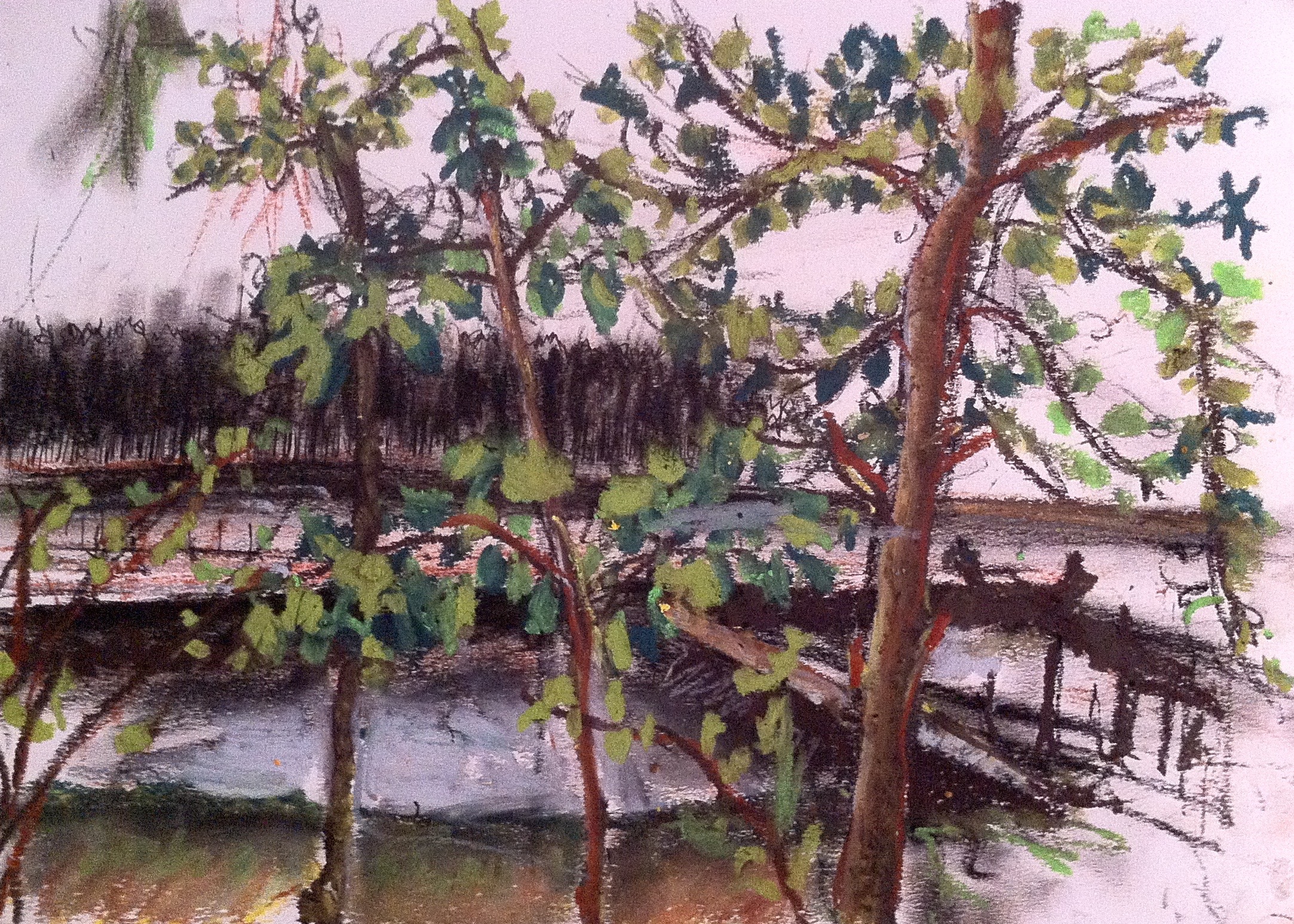There are a number of different white powders in our everyday life. Some of these are harmful and others are not. Test the four white powders listed to see which one has been found at the airport.
Here are some examples of everyday kitchen white powders.
Flour
Cornflour
Sugar
Salt
Baking Soda
Baking Powder
Icing Sugar
Tartaric Acid
Citric Acid
Gluten Free flour
Materials
1. Sugar
2. Salt
3. Baking Soda
4. Cornflour
5. Pipette
6. Vinegar
7. magnifying glass
Upload a photo of each powder.
1. Cornflour
2. Baking Soda
3. Salt
4. Sugar
On the black cardboard using a microscope you need to record what you see. You will be given a small amount of 4 white powders on your cardboard. Look at them under your microscope and record what you see.
Do not mix the powders or taste the powders.
Findings:
Sugar
|
Salt
|
Baking Soda
|
Cornflour
| |
Appearance
| White Powder | White Powder | White Powder | White Powder |
Texture
| Rough | Softish | Soft | Soft |
Smell
| Sweet | Bad | Really Good | Like Flour |
Iodine
| Looks Like Coke | Looks Like Pee | Looks Like Ice Cream | Just A Blob |
Water
| Does Nothing | Turns Into Salt Water | Looks Like A Wart | Turns Purple |
Vinegar
| Turns Into Lemonade | Turns Into Lemonade | Fizzes | Nothing Happened |
Write a paragraph about your findings.
Making Sherbet
Using the following recipe you need to make sherbet.
Sherbet recipe
Recipe:
Recipe:
1tsp of powdered drink crystals (eg refresh)
1/4 tsp citric acid
1/4 tsp tartaric acid
1/4 tsp -baking soda.
Put all ingredients into a zip lock bag, stir, and enjoy.
Materials:
1.
2.
3.
4.
5.












